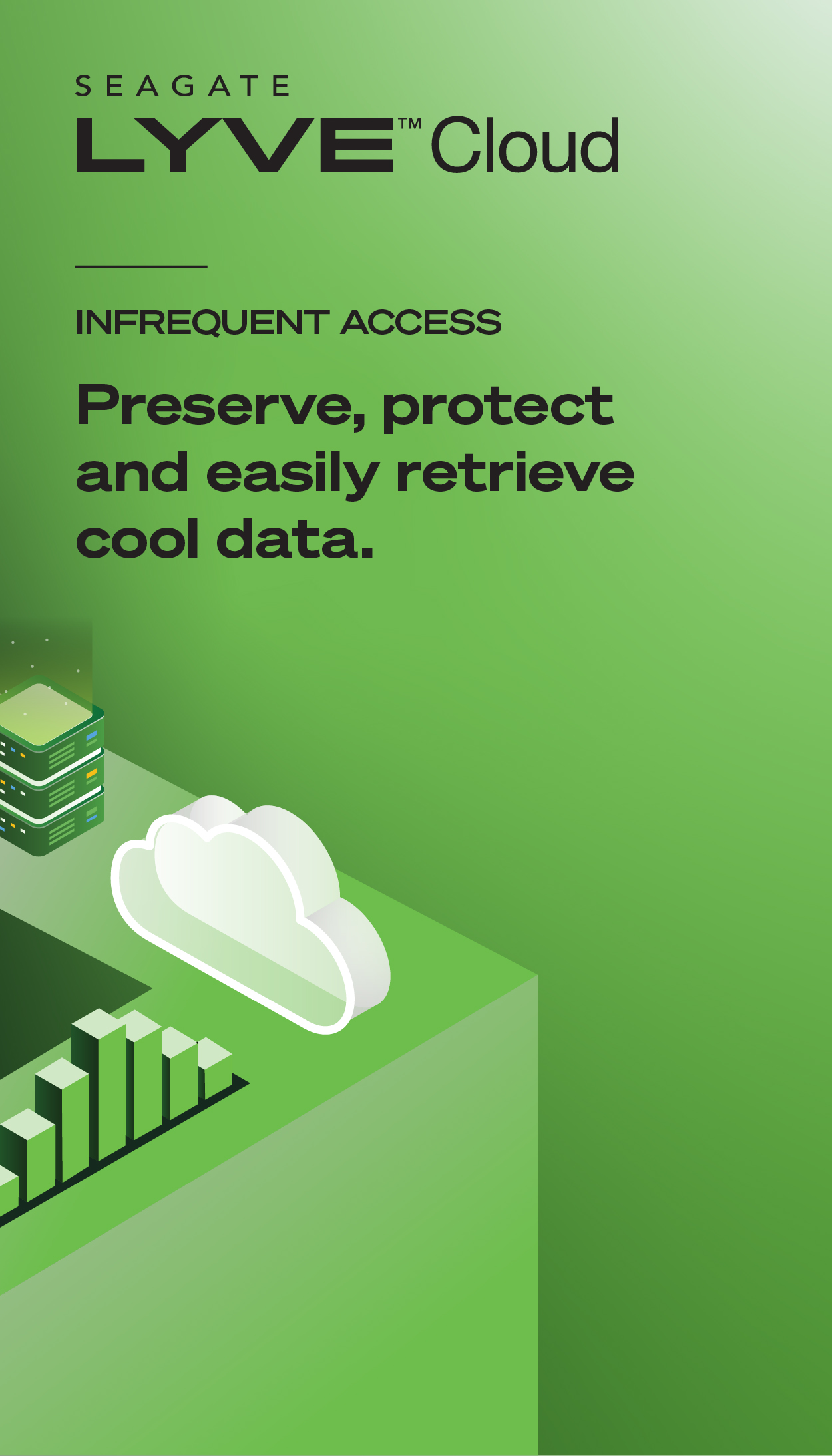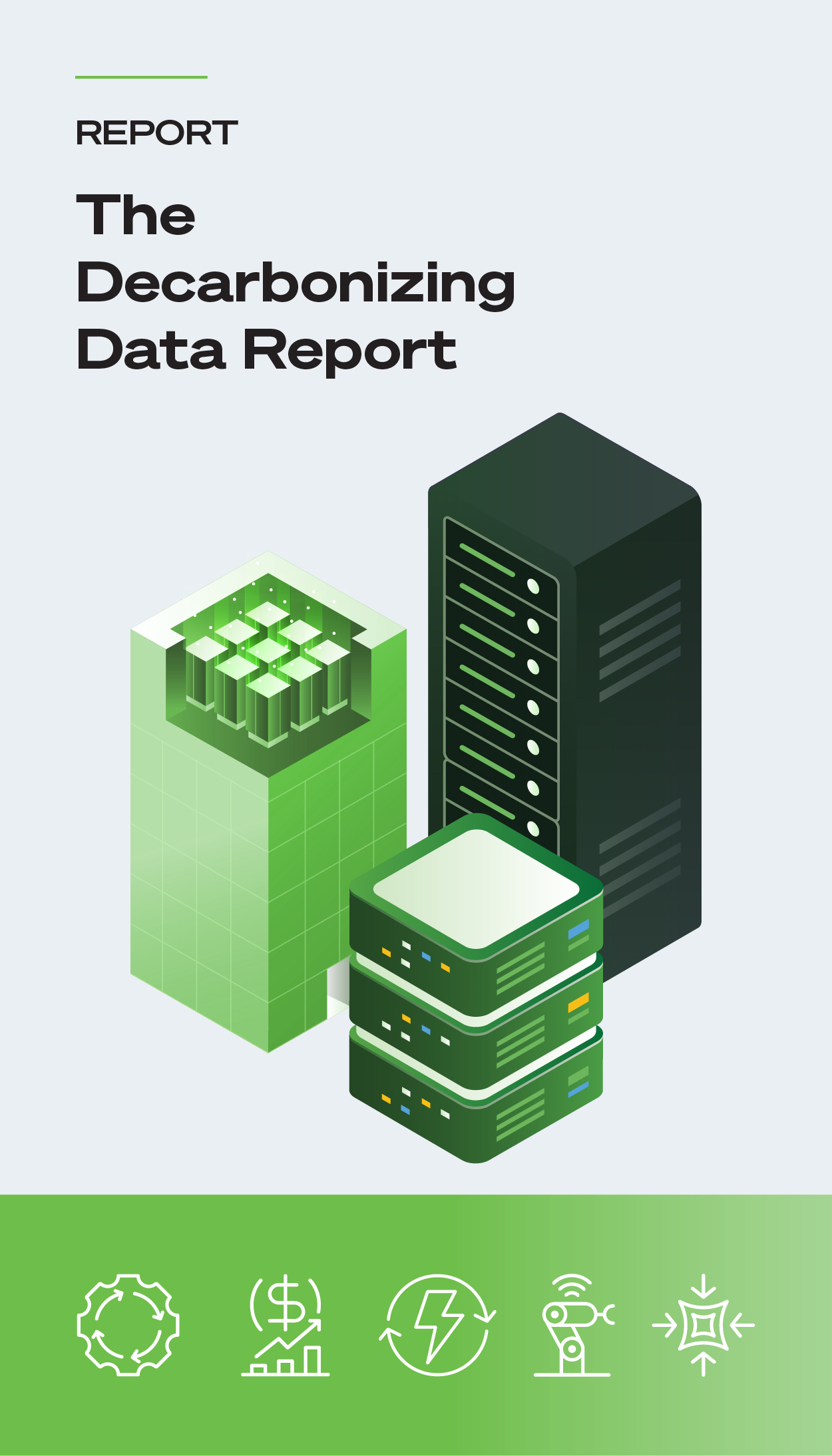You may already know the stats on how much data the world creates. As data continues growing, a hot and cold storage strategy plays a critical role in the digital transformation journey for nearly every organization.
A data storage strategy can significantly impact performance and accessibility, especially as a company’s data ecosystem grows more complex. An effective blend of storage for both hot and cold data ensures all data remains available and protected—a nuanced balance requiring consistency and careful consideration. Here’s what you need to know.
Crucial Role of Efficient Data Storage Solutions
Efficient data storage plays a pivotal role in managing and accessing big data. An organized approach to saving data enables swift retrieval, minimizes downtime, and enhances overall productivity by putting it into use rather than tying it up. It also helps businesses save money by optimizing hardware resources and reducing energy consumption. But data storage is more than just support for day-to-day operations. Many organizations forget just how important data storage is to the entire technology landscape.
Companies lose focus on data storage for six key reasons:
Reactive Approaches
Companies may only address storage issues when they arise or when storage capacity becomes a bottleneck. This leads to temporary fixes rather than proactive, long-term planning.
Distraction from More Pressing Topics
Things like cybersecurity events and pressure to adopt new technology like AI are highly publicized. Companies frequently prioritize investing in safety measures to mitigate the consequences of cybersecurity events (or to avoid falling behind competitors that have implemented new technology) because it’s constantly on their minds.
Lack of Alignment with Business Objectives
If companies fail to recognize the direct connection between efficient storage and achieving business objectives, they may treat data storage as an IT concern. Instead, it should be a strategic asset that supports decision-making, customer experience, and organizational success.
Regulatory and Compliance Focus
Immediate attention to regulations can lead to a targeted focus on cybersecurity measures as companies allocate significant resources to meet these obligations. What can often be forgotten as part of those initial measures? Data storage.
Limited Resources and Expertise
Companies often have limited resources—both in terms of budgets and skilled personnel—and must allocate accordingly. Since things like cybersecurity threats are more urgent, they can overshadow data storage when it comes to resource allocation.
Data Storage as Infrastructure
Companies may also see data storage as a foundational infrastructure component and vitally necessary for data-to-data operations. However, this perception creates the illusion that data storage doesn’t play a significant role in a dynamic risk mitigation and cybersecurity strategy.
Companies must recognize that data storage is an integral part of a comprehensive data and technology strategy. Data storage practices like encryption, access controls, secure backups, and comprehensive disaster recovery plans safeguard sensitive information and ensure business continuity. And providing consistent access ensures everyone in the organization can use data to support operations.
Hot Data Storage: Unleashing Performance Potential
Hot data storage involves storing frequently accessed data that requires immediate retrieval. It drives real-time applications, databases, and transactional systems. When you consider hot data storage solutions, there are several key factors.
Performance Requirements: Meeting Real-Time Demands
The primary focus of hot storage is performance. The storage system must deliver high throughput and low latency to meet the demands of real-time applications. Solid-state drives (SSDs) and other high-performance data storage solutions designed specifically for hot data storage will offer lightning-fast access times and exceptional input/output operations per second (IOPS) rates.
Access Patterns and Frequency: Ensuring Rapid Retrieval
Companies also must understand hot data access patterns and frequency to select the appropriate storage solution. Hot data is frequently retrieved, requiring near instantaneous response times. A storage solution that employs advanced caching algorithms and real-time tiering technologies will ensure data is always available.
Cost Considerations: Balancing Performance and Budget
Performance is critical, but budgets aren’t unlimited. Companies can define critical versus noncritical data and assign high-performance/higher cost storage options to critical data. Less critical data can be allocated to more cost-effective choices. Additionally, companies can leverage intelligent caching mechanisms and effective data management policies to automate moving data between storage tiers, based on access patterns and business relevance. Regular monitoring and analysis of storage performance can identify opportunities to further fine-tune the balance between cost and performance.
Importance of Frequent Access: Sustaining Operational Efficiency
Hot storage solutions enable dynamic workloads and ensure data availability and responsiveness. To sustain operational efficiency with hot storage, companies can use high-performance storage devices and implement intelligent data placement algorithms. They can also confirm high availability through redundancy measures, and continuously monitor and tune storage performance. And by planning for scalability and capacity requirements, companies can achieve rapid data access and processing, while minimizing downtime.
Cold Data Storage: Efficient and Cost-Effective Retention
Cold data storage covers infrequently accessed data...think historical records, archived files, and backups. It doesn’t need immediate retrieval, but it still requires efficiency in both storage and infrequent access.
Performance Requirements: Cost-Effective Solutions
Access patterns for cold data may be different from hot, but when users need cold data, they need it fast. A solution should deliver reliable access to archived data and reduce the downtime necessary to retrieve it. Much like hot data, regular monitoring and automation can streamline how to determine which data is hot and which is cold, plus provide opportunities for fine-tuning access.
Cost Considerations: Maximizing Affordability
Cold storage solutions need strong cost-effectiveness due to potentially large data volumes stored over an extended period. Companies should choose high-capacity drives with optimal cost per terabyte. This will allow organizations to store data cost effectively without compromising reliability.
Cost-Effectiveness and Scalability: Adapting to Growing Data
Data volumes will grow and change over the life of the company. Cold storage solutions should consider this and be able to scale storage capacity seamlessly and accommodate expanding data requirements, ensuring long-term cost savings.
Key Distinctions Between Hot and Cold Data Storage
Understanding the differences between hot and cold storage allows organizations to create an effective storage plan that optimizes data access while also minimizing cybersecurity risk.
Consider the following aspects to best organize hot and cold storage in a data center architecture:
- Analyze your data workload so you deeply understand its characteristics. Many companies don’t even know what data they’re storing or how it’s used, so this is a crucial first step.
- Determine the criteria for categorizing data as hot or cold based on factors such as access patterns and performance needs.
- Design a storage architecture in a tiered approach with hot and cold storage in distinct tiers.
- Allocate your high-performance storage systems for hot data.
- Reserve cost-effective choices like hard drives or tape libraries for cold data.
- Develop effective data lifecycle management with clear policies and strategic automation.
- Leverage storage management platforms or software-defined storage controllers to gain visibility and control over storage infrastructure.
For hot storage setup:
- Focus on cost-effective solutions like high-capacity hard drives or, in some cases, archival tape libraries that will optimize storage for long-term use and scale.
- Establish policies and tools for seamless archiving and retrieval. Consider technologies like object storage or cloud storage to prioritize scale and durability. This helps keep data from becoming an unmanageable swamp.
Seagate’s Competitive Edge: Leading the Way
Seagate storage solutions are designed for cost-effectiveness. Organizations can optimize storage infrastructure while balancing budget concerns with performance. The scalability of Seagate offerings enables a seamless expansion as data requirements evolve.
Seagate is committed to innovation and pushes technological boundaries. By leveraging innovative research and development, Seagate delivers data storage solutions that keep pace with the increasing demands of data-intensive applications. By pushing the boundaries of data storage, we’re helping organizations anticipate future data challenges while meeting evolving cybersecurity requirements.
Seagate recognizes that every organization’s data needs and risk profiles are unique. This understanding drives our offering of customizable storage solutions tailored to specific requirements. Whether optimizing performance for hot data or ensuring the long-term cost-effectiveness of cold data storage, Seagate storage solutions are flexible and diverse
Choosing Seagate as Your Data Storage Partner
Selecting the right data storage partner is crucial to ensure efficient storage and accessibility of hot and cold data. Seagate offers a comprehensive range of data storage solutions designed to meet your specific budget, facilitate data product innovations, and customize the right solution to fortify your data ecosystem.












